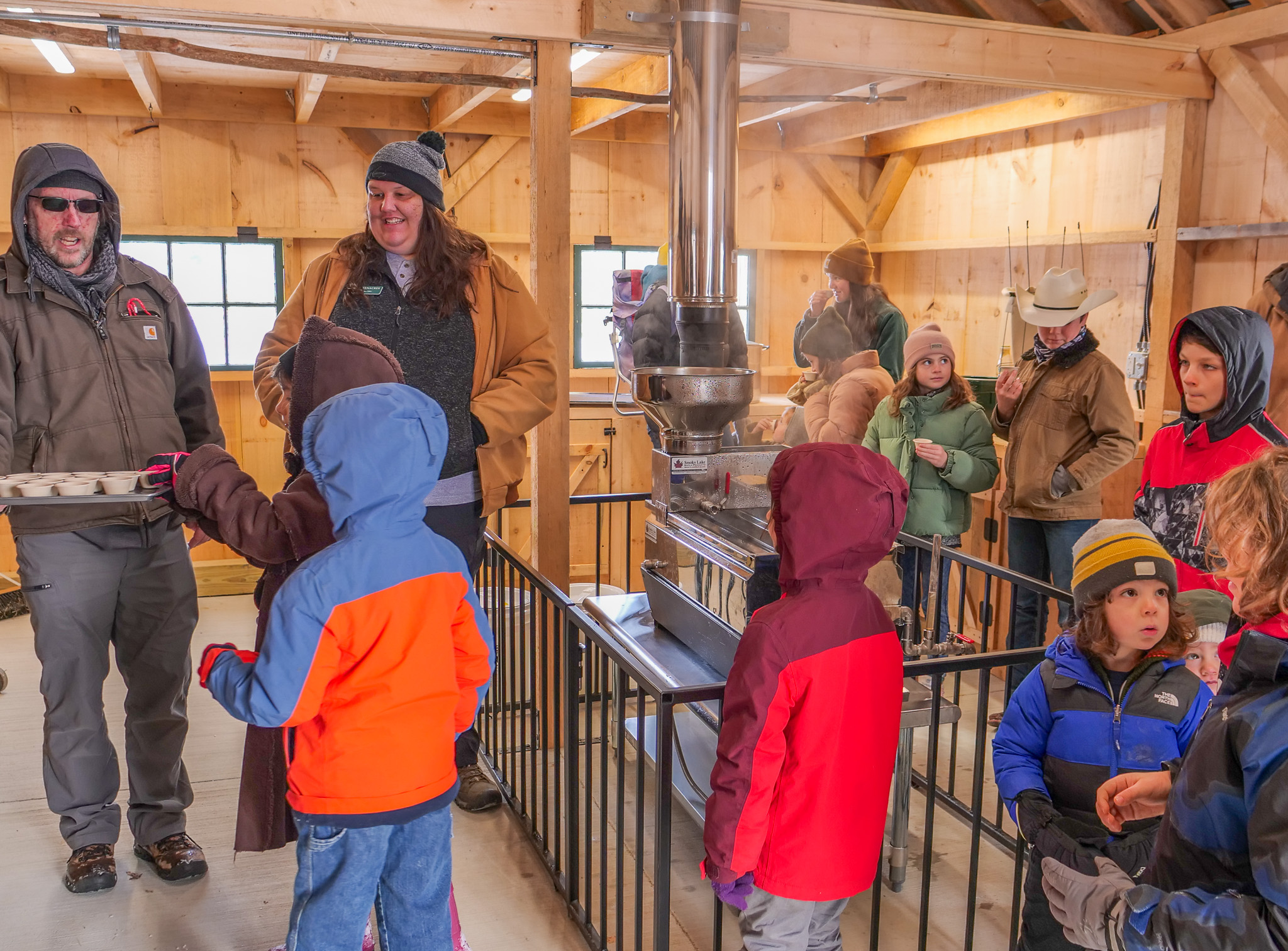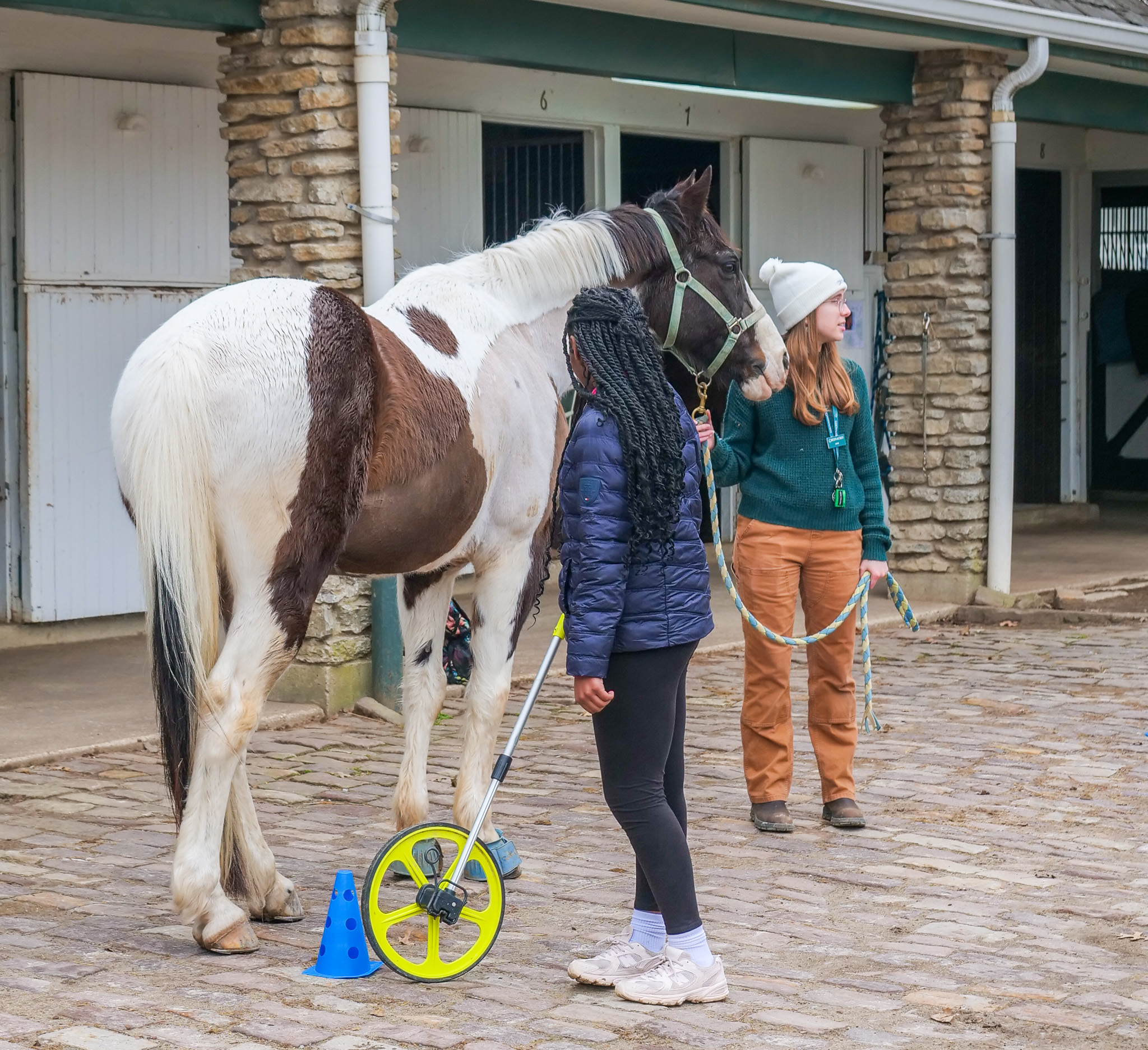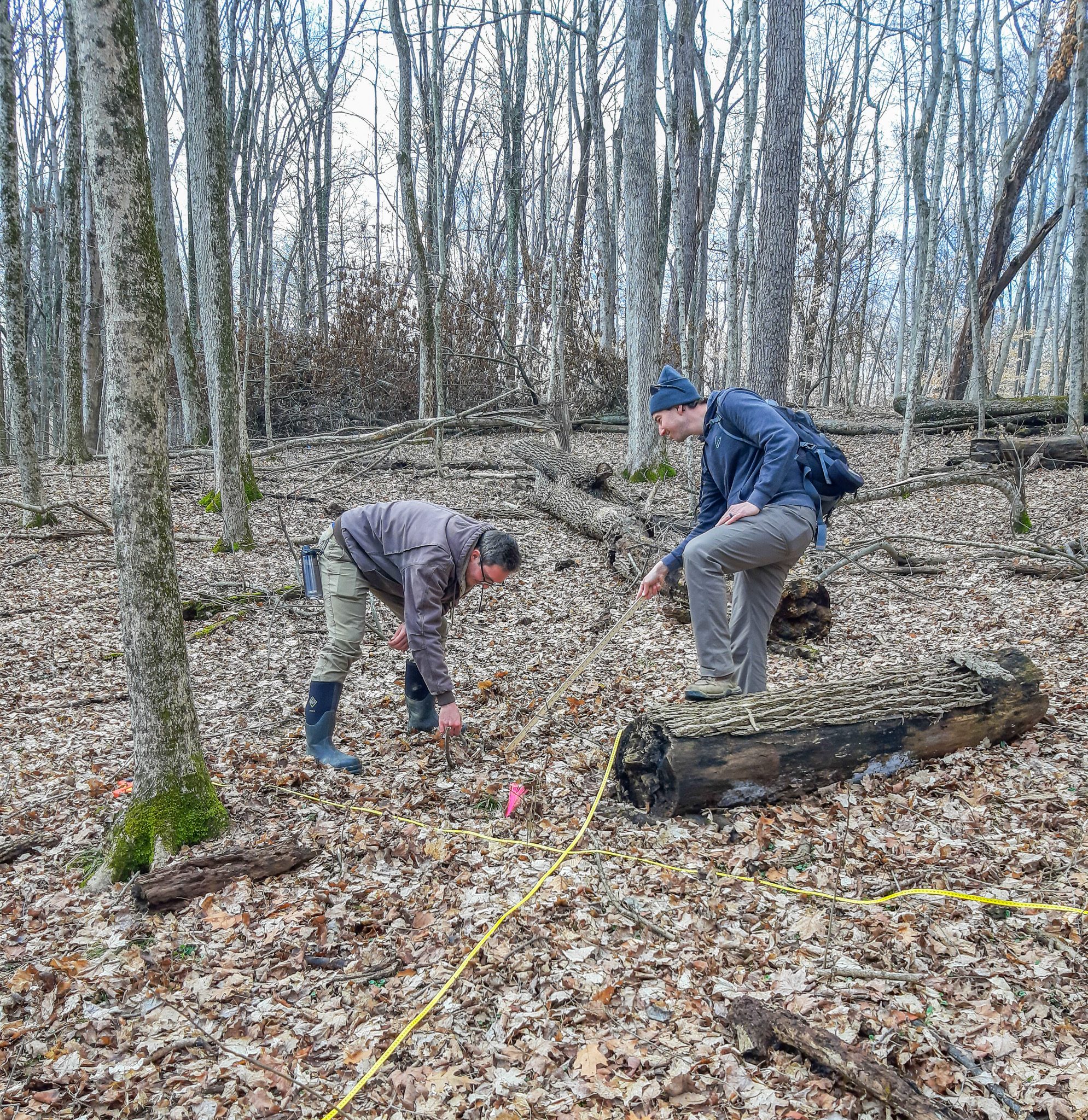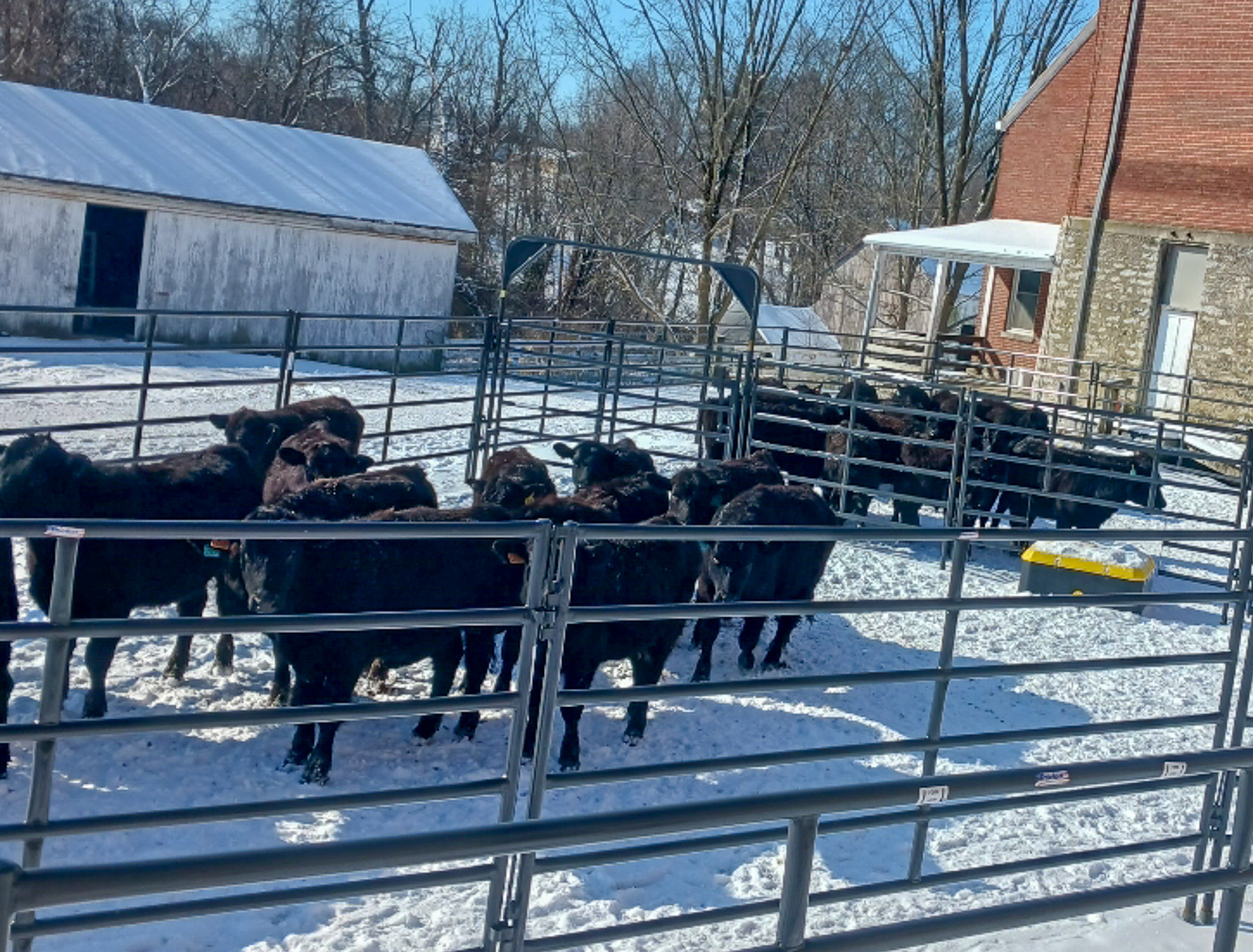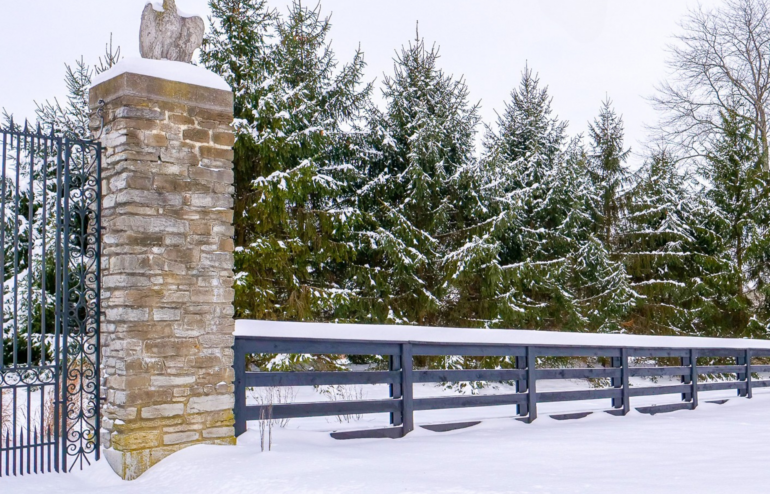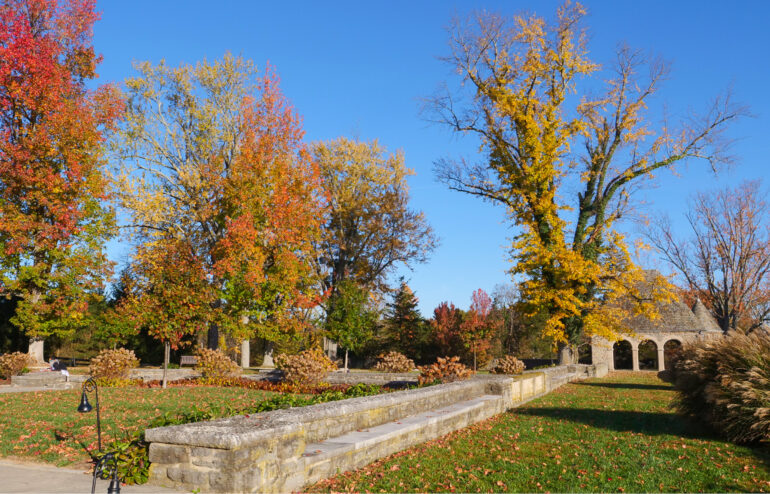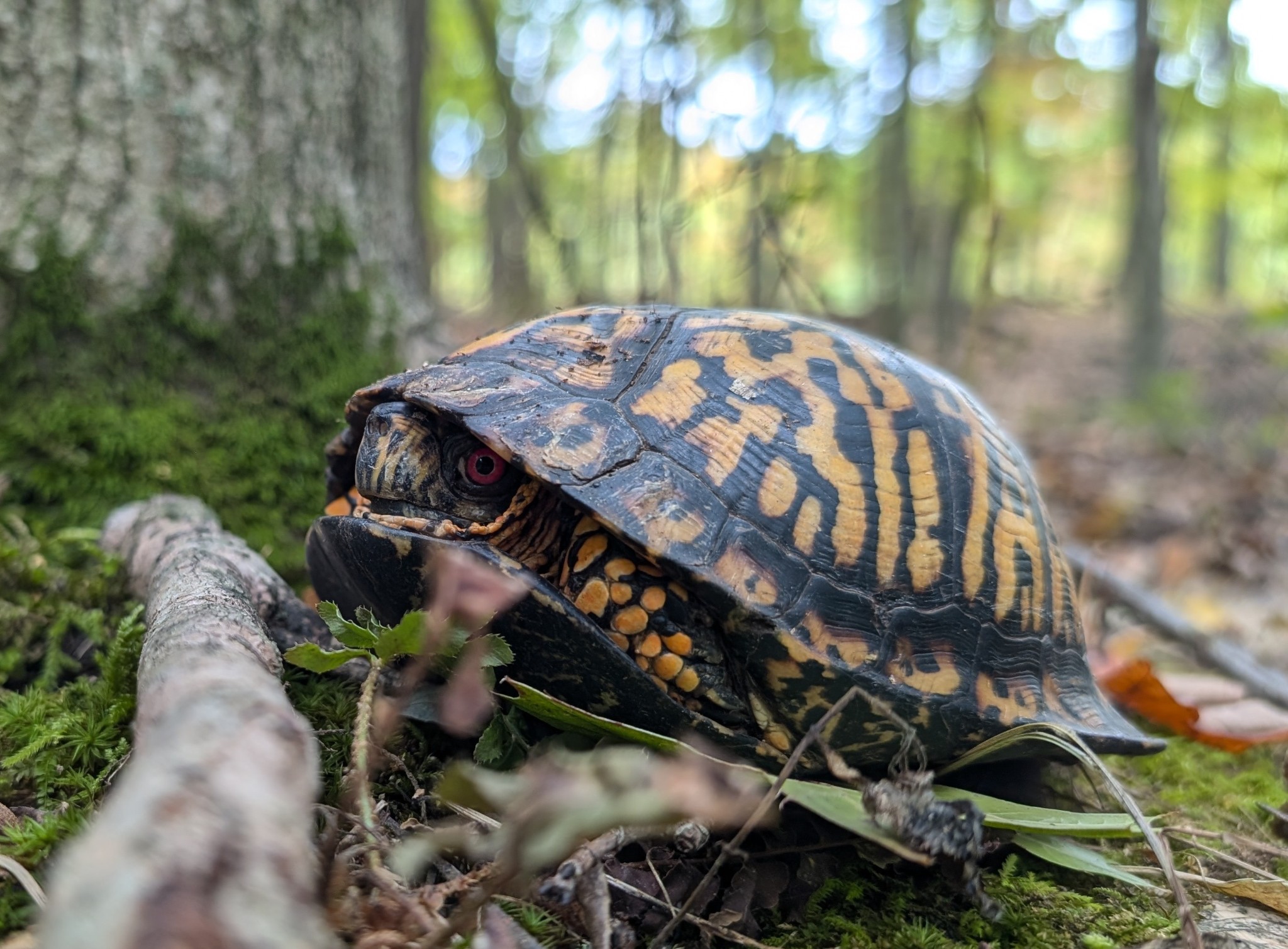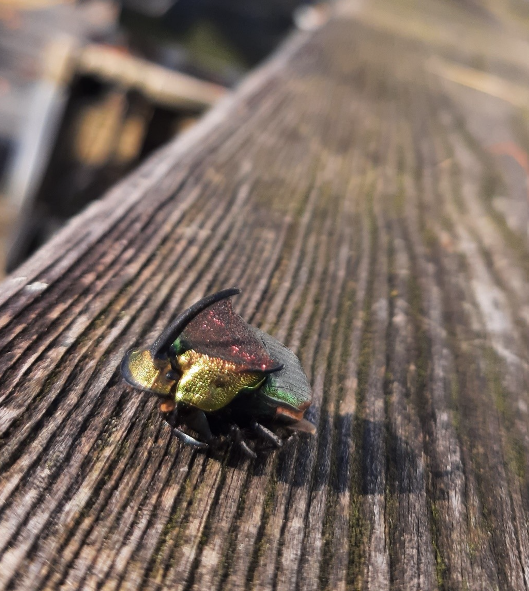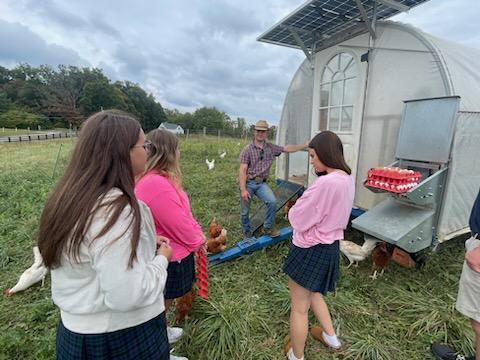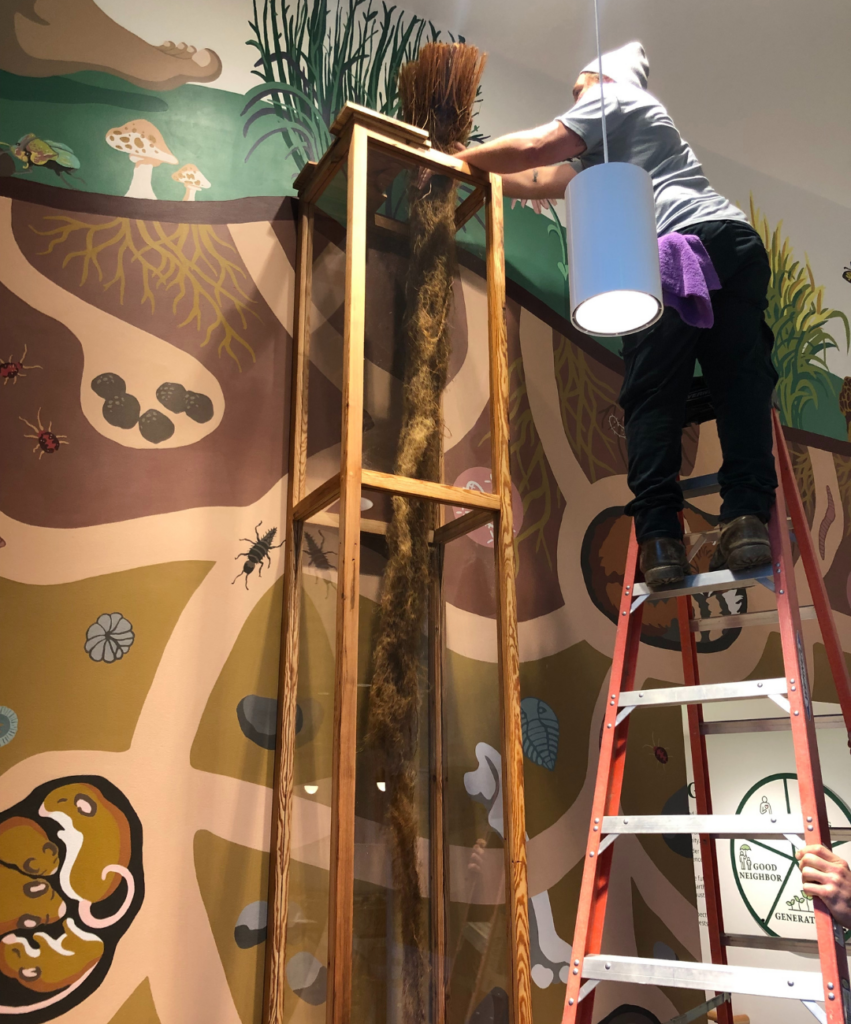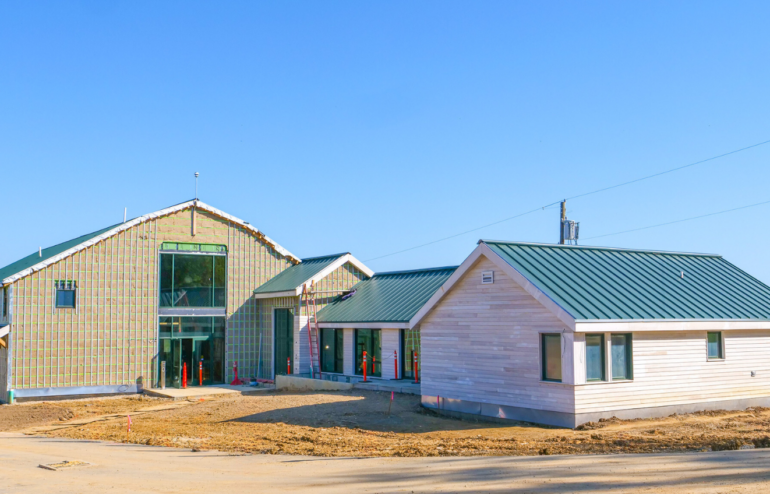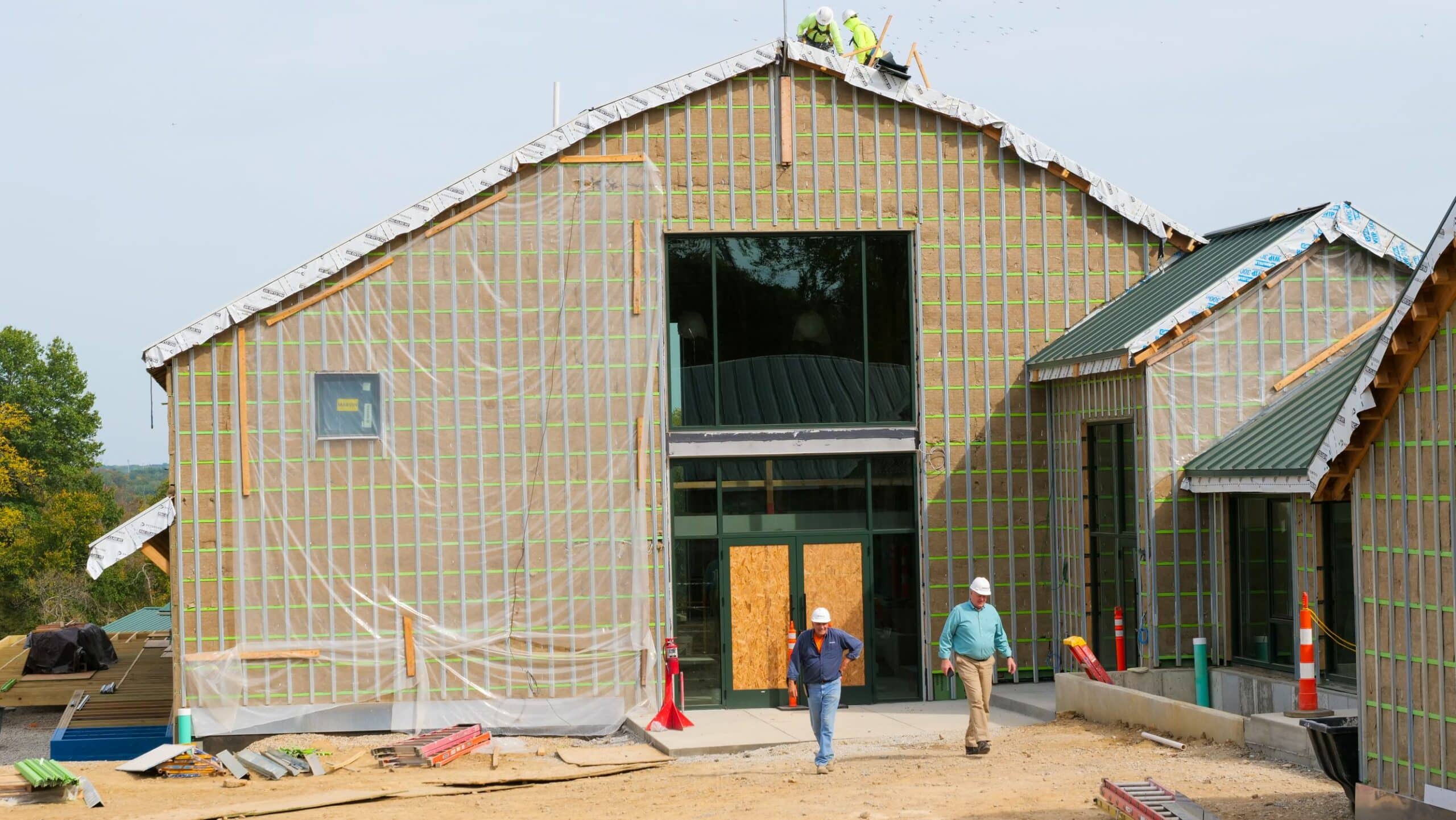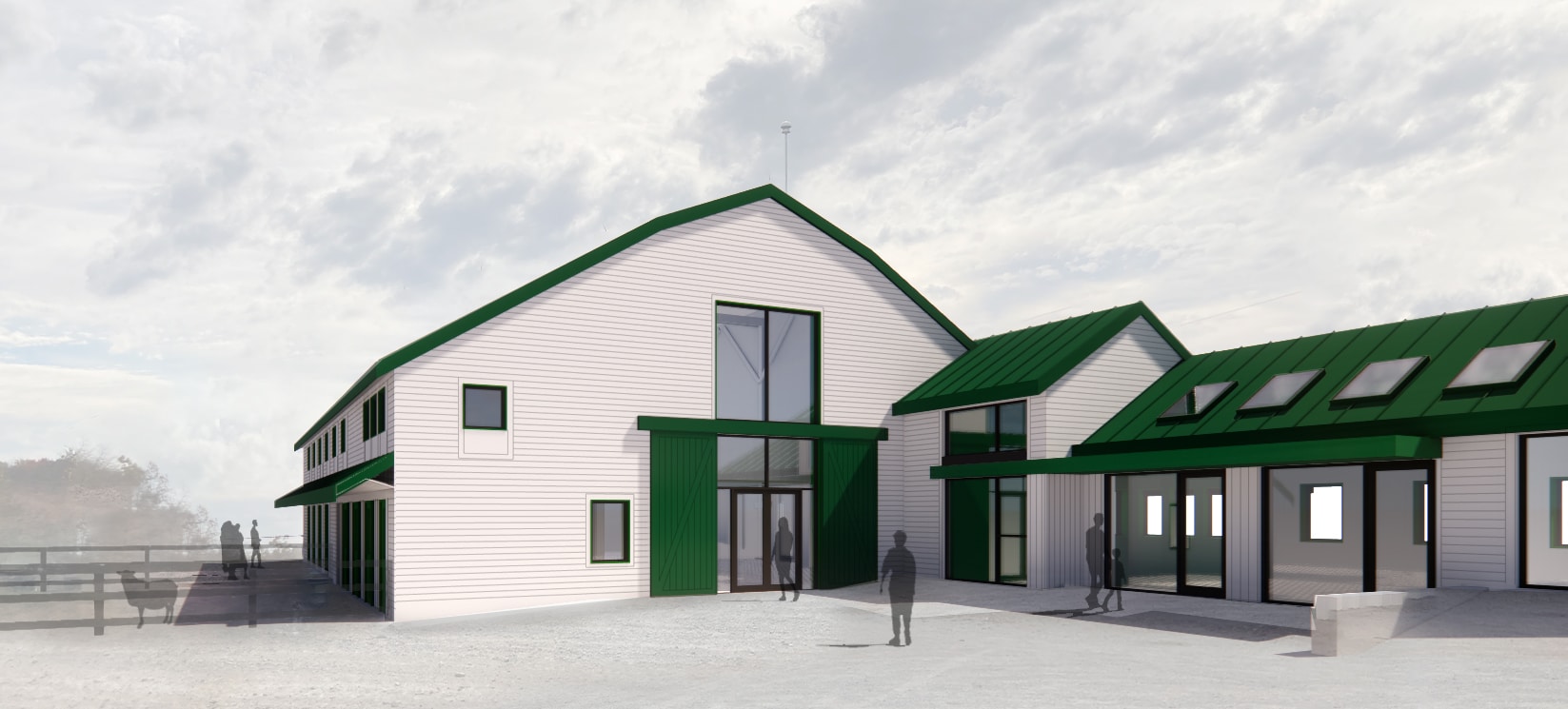Around Greenacres - Winter 2025
Sweet Success at Michaela Farm
This winter, Michaela Farm and the Events Department welcomed over 200 guests to the Michaela Farm Open House & Maple Day on February 22, 2025. Visitors explored the new Education Center, learned about maple syrup production in our sugar shack, and enjoyed a guided hike through the property. Families participated in hands-on activities while discovering upcoming field trip and summer camp opportunities. Guests also warmed up with a delicious meal featuring Greenacres products, prepared by Pearl Street Catering. Thank you to everyone who joined us for a day of education, community, and connection to the land.
Arts & Environmental Education Flourish at Lewis Township
Greenacres Lewis Township is growing! We are on pace to welcome over 2,000 learners to our Lewis Township Education Center during the 2024-2025 school year through expanded partnerships and enriched program offerings. A major highlight is the introduction of hybrid Environmental Education + Arts and Arts-only programs, designed to meet Ohio State Standards across Fine Arts, Science, Social Studies, and Social-Emotional Learning. These programs provide students with creative and meaningful arts experiences, fostering deeper engagement with the world around them.
Our Arts Education team, based at our Cincinnati campus, played a key role in this success. Arts Educator Sophie Kussman brought her passion for visual and performing arts to Lewis Township, to help lead this work. Sophie and her colleagues facilitated programs such as Art for the Heart, which blends art, music, and mindful movement to support students’ social-emotional well-being.
Additionally, we are introducing our Leaders in Training (LITs), volunteer leadership opportunities for 14-17 year olds, to summer camps at Lewis Township—learn more about the opportunity here. We continue to collaborate with the Brown County ESC, participating in initiatives like Little State STEAM and STEAMology professional development to support local educators and students.
Learn more about our summer camps and field trips today and discover how we’re bringing nature and the arts to life for our community in Lewis Township!
Winter Learning in the Barn and Beyond
Our Equine team collaborated across Greenacres, supporting Exploring With Grace Programs and developing fresh activities for new fall offerings. They welcomed Chase Elementary School teachers for a Professional Development Day, where they engaged in both agriculture and equine activities before utilizing our indoor arena classroom. They also hosted 7th and 8th graders from Mt. Washington School for our Calculating Horse Care: Ratios program, where students connected math concepts with real-world equine management.
In the stables, winter brings a valuable shift in focus for our Greenacres Pony Club. While mounted lessons continue, the cold season allows for deeper learning in unmounted education and horse care. Our 13 active Pony Club members took part in barn “shifts,” managing daily care routines like stall cleaning, feeding, turnout, and more. This hands-on experience is essential for developing responsible and capable equestrians. The winter season culminated in the Midsouth Pony Club Quiz Rally 2025, where our teams placed 1st and 4th in their levels, with one rider earning 4th overall out of more than 50 competitors. We are proud of their dedication and commitment to both learning and horse care.
Deer Monitoring: Understanding the Impact on Our Woodlands
As winter drew to a close, the Research department was eager to begin gathering critical data on deer, an important keystone species in our local ecosystem. Deer play a vital role in shaping the forest community, but over time, we’ve observed signs that their impact may be disrupting the health of our woodlands. Specifically, we’ve noticed a lack of understory plant diversity and fewer young trees, which could be linked to deer browsing. However, factors like invasive species, poor seed dispersal, and low light levels may also be contributing to these issues.
To better understand the extent of deer’s influence, the team focuses on monitoring deer browse during the winter. Late winter is an ideal time to track deer consumption, as their diet primarily consists of buds and twigs from trees and shrubs. By examining browse signs, we can assess whether deer are eating more than the plants can regrow.
Additionally, winter’s sparse vegetation makes it an excellent time to estimate deer density using fecal pellet counts. The absence of ground-level growth makes fecal piles easy to spot, and by counting them across a designated area, we can estimate deer population density. Combining this data with our findings on browsing patterns will help us determine if the current deer population is sustainable for forest health. If necessary, we’ll develop strategies to ensure a balanced relationship between deer populations and the overall well-being of our woodlands.
Improving Our Livestock Management
The Livestock team is thrilled to be able to start using the now completed Michaela Farm livestock handling facility. This new facility is a significant improvement to our operations, allowing for more efficient livestock management and data collection, which will ultimately improve animal health and management practices. The facility is part of our ongoing commitment to enhancing our infrastructure and supporting the welfare of our animals.
In addition to this advancement, our Livestock, Gardens, Research, and Land Management teams started participating in an 18-week Holistic Management International (HMI) training course. This course is designed to deepen our understanding of whole-farm planning through three core areas: Holistic Goal planning, financial planning, and grazing planning. Holistic Management is a comprehensive approach to land stewardship that emphasizes the interconnectedness of environmental, social, and economic factors. It is widely used by farmers and ranchers to improve land health, increase productivity, and enhance community well-being.
By implementing the strategies learned in this course, we aim to not only optimize our grazing practices but also to foster long-term sustainability across all departments at Greenacres. Through careful planning and the application of Holistic Management principles, we’re working toward a more resilient and sustainable farming system that benefits both the land and the local community.



